In 1983, Harvard professor Howard Gardner introduced a new theory of intelligence in his book Frames of Mind: The Theory of Multiple Intelligences. The theory of multiple intelligences challenged the idea of a single IQ and instead proposed that there are multiple types of human intelligence, each representing different ways of processing information.
Gardner identified 7 types of intelligence: verbal-linguistic; logical-mathematical; visual-spatial; musical; bodily-kinesthetic; interpersonal; intrapersonal. You can learn about these on Gardner’s website, MI Oasis. Gardner’s theory continues to resonate with many educators as it challenges a one-size-fits-all approach to education and acknowledges individual strengths in processing information.
It’s a fascinating theory but where it gets interesting from our perspective is in 2006 when Gardner introduced an add-on: naturalistic intelligence.
Gardner defined naturalistic intelligence as the form of intelligence that allows individuals to identify and distinguish among products of the natural world such as animals, plants, types of rocks, and weather patterns (Gardner, 1999). According to Gardner, individuals who are high in this type of intelligence are more in tune with nature and are often interested in nurturing, exploring the environment, and learning about other species.
Who has naturalistic intelligence?
People with this type of intelligence authentically love being outside in nature and learning about it. They learn best when the subject is related to something in nature. They have a unique ability to appreciate the natural world and its wonders and are careful observers of changes in nature.
Any opportunity to explore, learn about, or engage their sympathies with the natural world is likely to interest a person with this kind of intelligence. They have a propensity to care for the natural world and seek to preserve it as much as possible. Naturalistic intelligence guides people to explore and discover all they can about nature, such as identifying new species or exploring new habitats. They are excited by being outside in nature and find meaning in nature-based activities. They have a calling to care for animals or pets. But perhaps one of the most poignant characteristics is that naturalistically-intelligent people see themselves as part of nature, instead of detached from their surroundings.
How wonderful if all children could develop naturalistic intelligence. What a secure future our planet would face. We know that for children to be informed citizens and act as environmental stewards, they must possess an understanding of the natural world.
The good news is that Gardner believes anyone can develop multiple intelligences throughout life, including naturalistic intelligence, especially during childhood. Like other intelligences or strengths, naturalistic intelligence is not fixed like a standard IQ. It can grow and develop throughout a person’s life.

So how can you help a child develop their naturalistic intelligence?
Since naturalistic intelligence is much of a hands-on experience, the best way to develop naturalistic intelligence is by getting outside, paying attention to nature, being curious about it, and just learning about it.
Here are some of the best strategies for developing naturalist intelligence:
Practice Young Naturalist Skills: Naturalists make observations about patterns and relationships between organisms and their environments. They develop an understanding and appreciation about the natural world that is greatly needed individually and as an inhabitant of this planet. And to do this, they pay close attention to the natural world. Of course, we consider developing young naturalists our specialty so you’ve come to the right place! To get started on your child’s naturalist education, take a look at this essential post, Why We Want to Help Your Child Become a Naturalist.
Cultivate empathy: Caring for animals is good for kids. No, it’s essential to kids to develop empathy, responsibility and awareness and respect for nature. Taking care of a family pet can help connect your child to nature. By practicing good pet stewardship, kids can learn the joys of taking responsibility for providing for the needs of another living being. Studies have found that empathy for animals can translate into an emotional investment in the well-being of the natural world.
Get Hands-On: Activities that help children spend more time in nature, observe its changes and learn about it are some of the best ways to develop your naturalist intelligence. You're probably doing many of these with your children but examples would be bird-watching or bird feeding, composting, gardening, insect house building, nature journaling, nature photography, nature drawing, nature museum collecting.
Get out there! The more time a child spends in nature, the more they will develop curiosity, interest, and connection. Whether hiking, camping, bird watching, pond exploring, mud puddle stomping or just a simple walk in nature, the more children spend time outdoors, the more naturalistically intelligent they will be. The best part about nature– there’s something for everyone!












